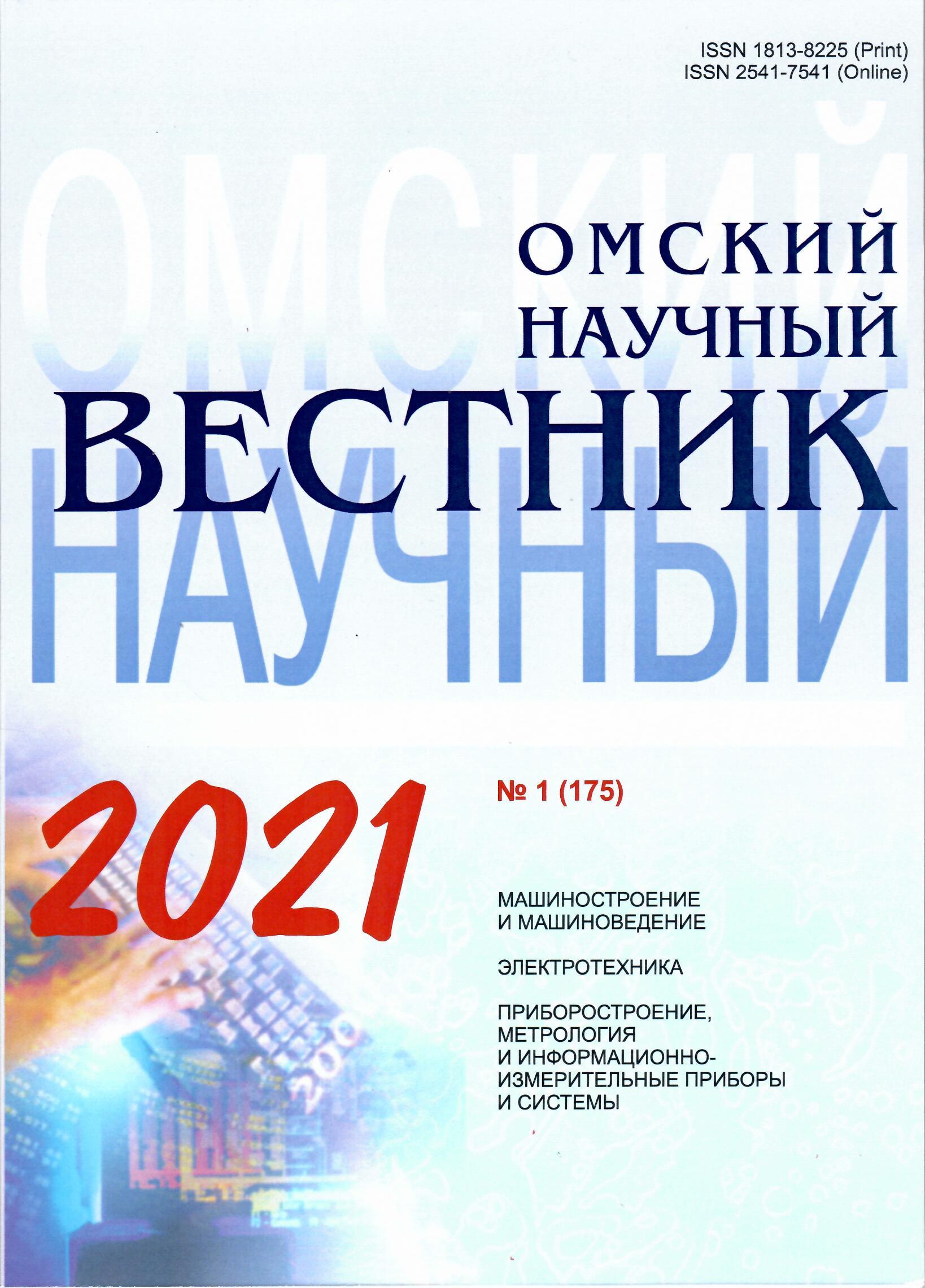Mathematical model of insulation breakdown prediction based on partial discharge characteristics
DOI:
https://doi.org/10.25206/1813-8225-2021-175-46-49Keywords:
insulation breakdown, insulation defect, partial discharge, insulation destruction model, breakdown predictionAbstract
The paper investigates the existing mathematical models of insulation destruction. It has been determined that most of the models for assessing the residual life of insulation are based on models of thermal and thermooxidative destruction of insulation materials. Currently, solid dielectrics are gaining popularity, including crosslinked polyethylene, PVC, ethylene-propylene rubber, and others. In such dielectrics, it is possible to estimate the residual life in the short term. This possibility and
necessity is due to the possibility of growth of tree defects under the influence of partial discharges. The article describes the proposed mathematical model for assessing the residual resource of insulation by modeling the growth of a defect. To take into account the influence of random variables, the model uses the Weibull distribution. The model assumes the division of the insulation thickness into some areas, each of which is destroyed independently of the others. The destruction of these areas occurs when partial discharges occur with certain energy sufficient to destroy the material. Insulation failure is predicted using the least squares method. The results obtained can be useful in assessing the residual life of insulating materials and in conducting research in this area.
Downloads
Published
How to Cite
Issue
Section
License
Non-exclusive rights to the article are transferred to the journal in full accordance with the Creative Commons License BY-NC-SA 4.0 «Attribution-NonCommercial-ShareAlike 4.0 Worldwide License (CC BY-NC-SA 4.0»)




